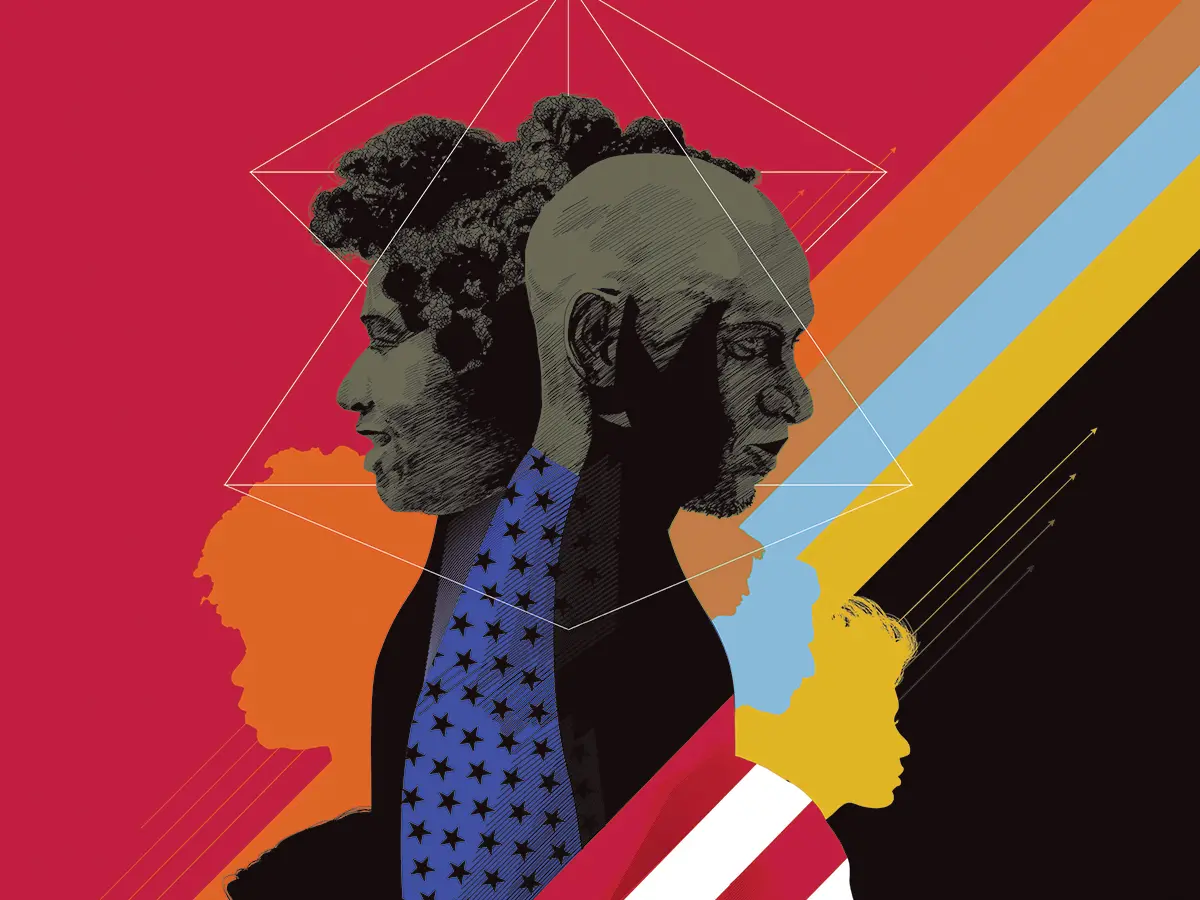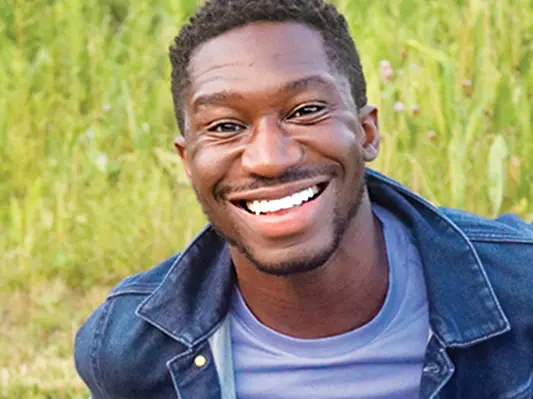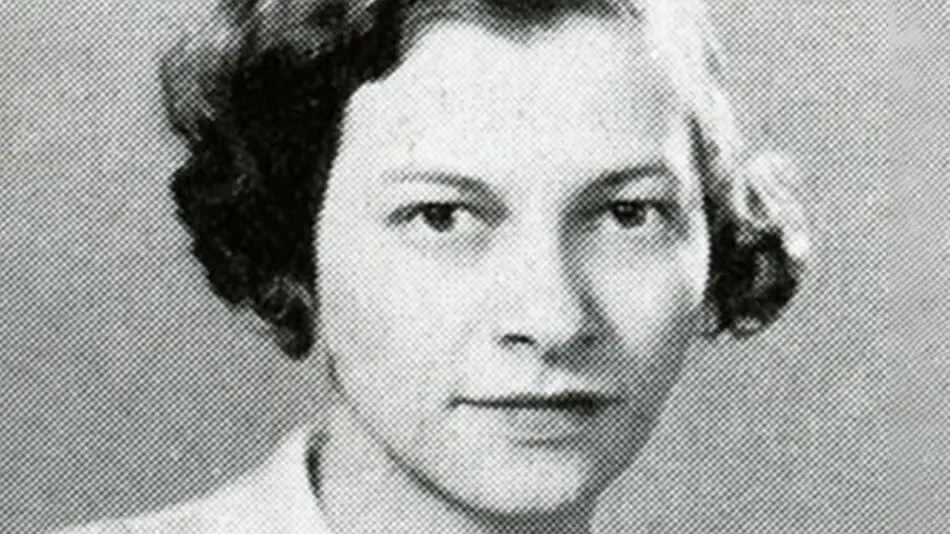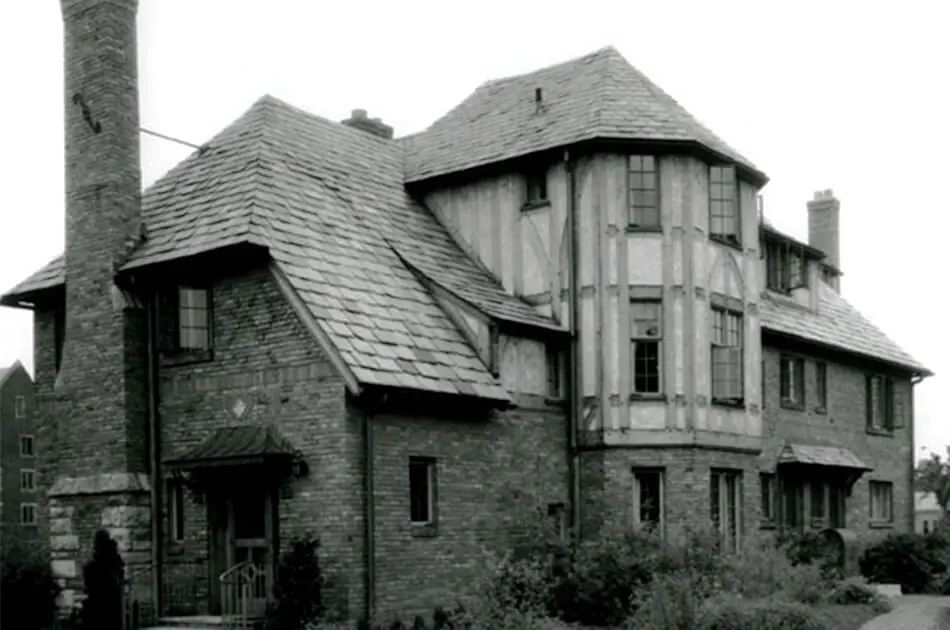Students lead us closer to justice and equity
Historian and Associate Professor Hasan Jeffries writes about the ways Ohio State has made progress and fallen short on racial justice issues in its 150-year history.
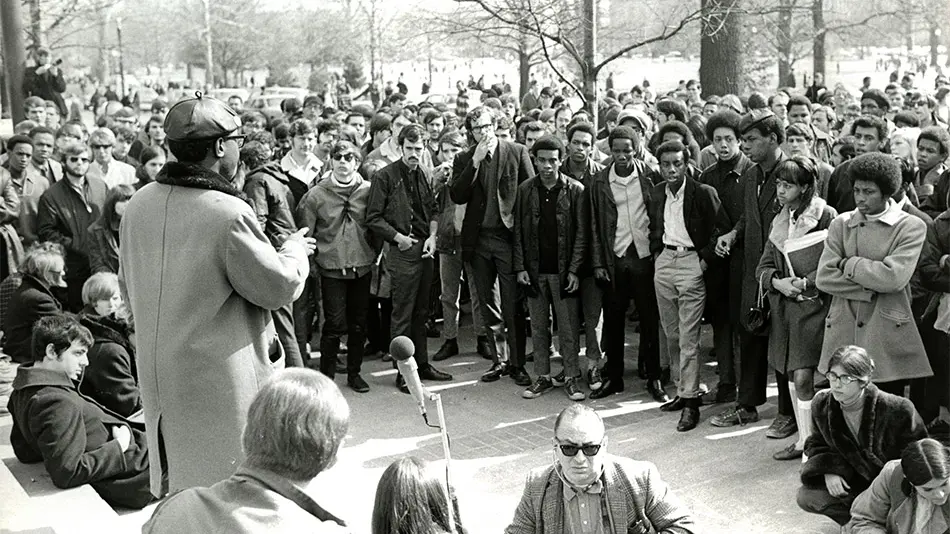
Students came together in 1969 for a program marking the fourth anniversary of the assassination of human rights activist Malcolm X. University Archives
It appears based on documents from the time that Black students could not live on campus until the 1950s, and then only a small number did. In 1932, Doris Weaver sued the university to live in the Home Management House, as required by her home economics major. Alumnus John Bricker, then state attorney general and later a member of Ohio State’s Board of Trustees, persuaded the Ohio Supreme Court to let this separate and unequal practice stand.
Not even Olympic glory could change this whites-only residential practice. Jesse Owens won four gold medals at the 1936 Summer Olympics. In Adolf Hitler’s Germany, he slept in integrated housing. At Ohio State, he had to sleep off campus.
Students’ protests intensified in the mid-1900s, culminating in a dramatic takeover of what is now Bricker Hall on April 26, 1968, by about 60 Black Student Union members. Indictments and expulsions followed, as did more protests. The students’ courage and conviction led to creation of today’s Department of African American and African Studies and Office of Diversity and Inclusion.
Recruitment and retention efforts initiated by Vice Provost for Minority Affairs Frank W. Hale Jr. in the 1970s and ’80s resulted in gains in Black student enrollment. Ohio State has built on Hale’s vision. Enrollment grew steadily through the 1990s, but waned from 2004 to 2017, in part due to changes in a federal reporting process. Since then, enrollment of Black students has been on a steady rise to a high of about 4,000 students on the Columbus campus last academic year.

A diverse group led by students gathered in early June to protest the killing of George Floyd and other victims of police brutality. Photo by Jo McCulty
A staunch determination to continue our university’s evolution endures. In fact, I believe Black students’ commitment to eliminating racial discrimination on and off campus has never been stronger.
Following George Floyd’s killing by Minneapolis police in May, Black students joined hundreds on campus, thousands in Columbus and millions around the country in marching for justice for victims of police violence and an end to systemic racism. Many are calling on Ohio State to sever ties with the Columbus Division of Police after numerous accounts of inappropriate use of force against African Americans. Their demand is not unlike that made by Black students of the 1980s, who called on the university to divest of companies doing business in pro-apartheid South Africa, which it eventually did.
As these and other examples illustrate, Black students have been on the right side of history, and they continue to push their university to be the diverse and equitable institution they know it can be. Tremendous work still needs to be done. If this year’s Black Lives Matter protests are any indication, Black students will keep agitating for change, and in doing so, they will make Ohio State a better university for everyone.
Learn
Learn about unsung minoritized and marginalized alumni in the Carmen Collection, curated by Ohio State archivists.
Watch
Watch a two-part dialogue on the role of land-grant institutions such as Ohio State in societal conversations and changes around race, justice and equity.
